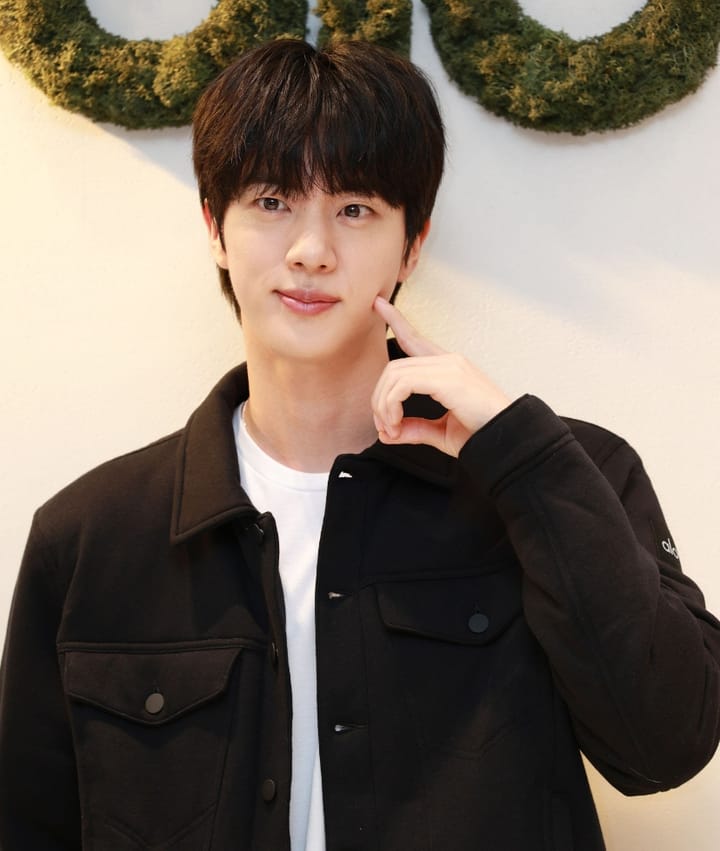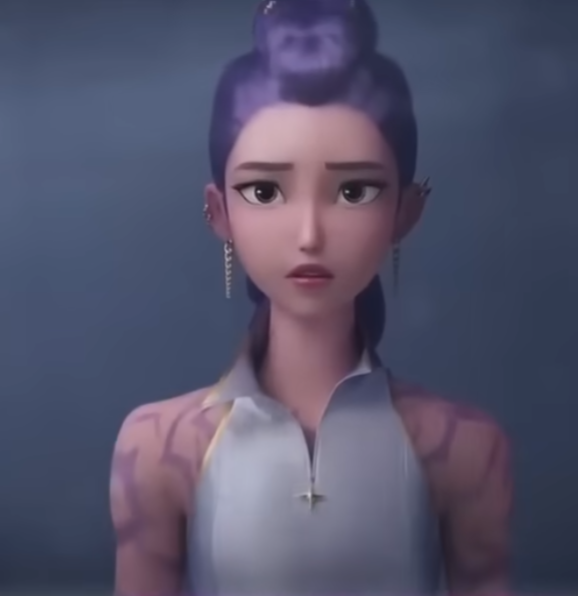The Hidden Cultural Treasures Behind K-Pop Demon Hunters: Dupi and Seo-ssi's Ancient Korean Origins
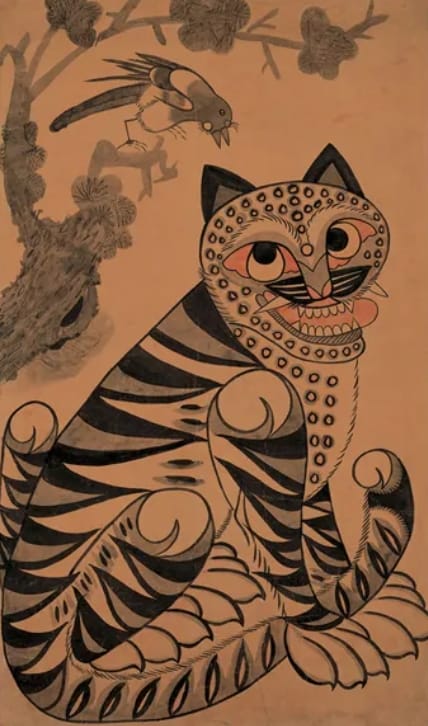
Introduction: More Than Just Cute Sidekicks
If you've watched Netflix's global phenomenon K-Pop Demon Hunters, you've probably fallen in love with two adorable characters: Dupi (the tiger) and Seo-ssi (the magpie). These aren't just cute mascots – they're living embodiments of Korea's 500-year-old cultural heritage, reimagined for the modern world.
But to truly understand why these characters have captured hearts worldwide, we need to dive into their origins: a traditional Korean folk painting called Hojak-do (Tiger and Magpie painting).
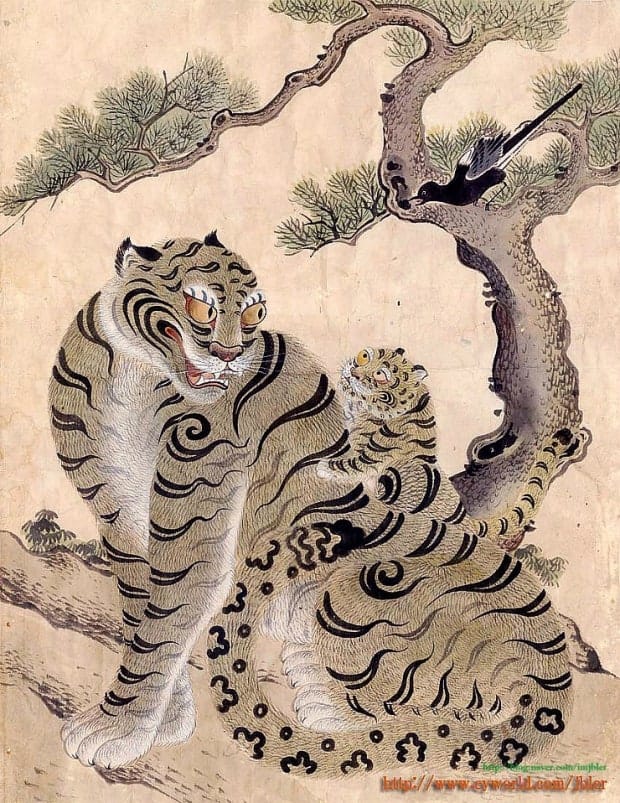
What is Hojak-do? A Window into Korean Folk Culture
The Most Beloved Folk Art in Korean History
Hojak-do (호작도) – literally meaning "tiger and magpie painting" – was arguably the most popular folk art in Korea's Joseon Dynasty (1392-1897). You could find these paintings hanging in homes across all social classes, from royal palaces to humble peasant houses.
Key Elements:
- Tiger: Usually depicted with crossed eyes and a somewhat goofy expression
- Magpie: Perched on a pine tree, looking down at the tiger
- Pine Tree: Symbolizing longevity and steadfastness
- Rocks and Grass: Representing the natural mountain habitat
These paintings are housed in major Korean museums today, including the National Museum of Korea and the Hoam Museum of Art, testament to their cultural significance.
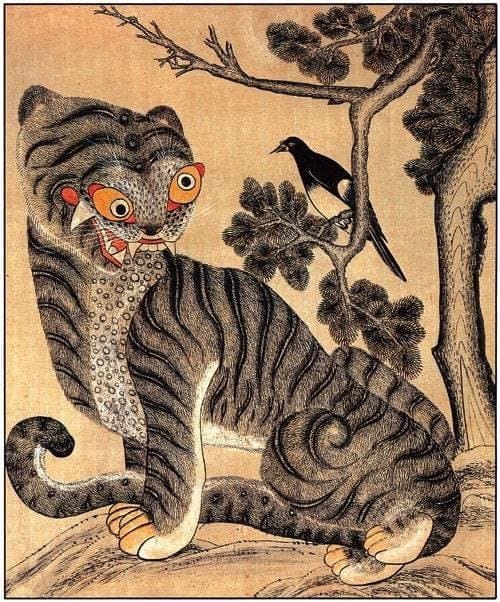
Why Were They So Popular?
Unlike formal court paintings, Hojak-do was folk art – created by and for ordinary people. Families would hang these paintings on their walls for protection and good luck, believing they could ward off evil spirits and bring good fortune.
The Traditional Academic Interpretation: Social Satire
The "Class Struggle" Theory
For decades, art historians have interpreted Hojak-do primarily as social commentary:
- Tiger = The ruling aristocracy (depicted as foolish and incompetent)
- Magpie = Common people (positioned above the tiger, looking down confidently)
- Overall Message = A satirical critique of social hierarchy
This interpretation makes sense historically. During the rigid Joseon class system, commoners had little way to express frustration with their social betters – except through art.
The Limitations of This View
However, this "class warfare" interpretation doesn't explain everything about these paintings:
- Why tigers were simultaneously feared and revered
- The spiritual significance of both animals in Korean culture
- The protective function these paintings served in homes
A New Perspective: Spiritual Guardians and Natural Harmony
The Tiger: Sacred Mountain King
In Korean culture, tigers held a complex, multi-layered significance:
As Fearsome Predators:
- Korean grandmothers would tell crying children: "Stop crying, or the tiger will take you away!"
- This phrase was commonly used until the 1960s
- Tigers represented real danger in mountainous Korea
As Spiritual Guardians:
- Called "San-gun" (Mountain King) – the ruler of mountain spirits
- Believed to drive away evil spirits and protect homes
- Associated with the White Tiger of the West, one of four guardian deities
As Beloved Protectors:
- Despite fear, tigers were seen as protective spirits
- The "goofy" expression in paintings wasn't mockery – it was affectionate familiarity
- Like how we might draw a friendly cartoon version of something we both respect and fear
The Magpie: Divine Messenger
Seo-ssi (서씨 – literally "Person with the surname Seo") represents the magpie, which in Korean culture symbolizes:
- Good news and fortune
- Spiritual messenger between worlds
- Intelligence and wit
The name "Seo-ssi" itself is culturally significant – using someone's family name with "씨" (ssi) creates a tone of familiar respect, perfect for addressing a mystical but friendly messenger.
How K-Pop Demon Hunters Honors This Heritage
Dupi: The Modern Mountain King
Character Design:
- Crossed eyes and goofy expression – direct homage to traditional Hojak-do
- Blue aura matching the "good guys" – representing the protective spirit aspect
- Clumsy but well-meaning – embodying the beloved, familiar guardian
Role in the Story:
- Serves as messenger between Jin-woo (demon) and Rumi (hunter)
- Neutral spiritual being – neither fully good nor evil
- Maintains the traditional role of bridging different worlds
Seo-ssi: The Three-Eyed Oracle
Character Design:
- Three eyes – enhancing the mystical, otherworldly nature
- Intelligent and witty personality
- Magical script patterns on wings – connecting to ancient Korean shamanic traditions
Cultural Role:
- Continues the magpie's traditional function as bearer of good news
- Serves as spiritual intermediary
- Provides comic relief while maintaining dignity – just like in folk paintings
The Messenger Function: Ancient Wisdom in Modern Form
The fact that these characters deliver letters between Jin-woo and Rumi isn't random. This directly connects to the magpie's traditional role as a divine messenger bringing good news and the tiger's role as a spiritual guardian who bridges the human and spirit worlds.
Global Impact: Why Ancient Korean Folk Art Conquered Netflix
Universal Themes in Korean Clothing
The worldwide success of Dupi and Seo-ssi proves that Korean folk wisdom contains universal human truths:
- The need for protection and guidance
- Complex relationships with powerful forces (fear + respect + affection)
- Hope for good news and positive change
- Harmony between opposing forces
From Museum Walls to Global Merchandise
The journey from traditional Korean museums to Netflix global #1 represents something remarkable:
- National Museum of Korea Hojak-do merchandise sold out due to similarity to Dupi
- Official Dupi plushies became international bestsellers
- Characters even appeared in Samsung Galaxy promotional materials
This shows how authentic cultural content can create genuine global connection when treated with respect and understanding.
Cultural Bridge: Ancient Wisdom Meets Modern Storytelling
Why This Matters for Korean Culture
K-Pop Demon Hunters doesn't just borrow from Korean culture – it honors and explains it. International audiences aren't just consuming Korean content; they're learning about Korean spiritual worldview through engaging characters.
A Model for Cultural Exchange
This represents the best kind of cultural globalization:
- Authentic representation of traditional values
- Educational component embedded in entertainment
- Respectful adaptation rather than appropriation
- Economic benefits flowing back to cultural institutions
Conclusion: The Power of Cultural Authenticity
Dupi and Seo-ssi's global popularity isn't accidental. These characters succeed because they're genuinely rooted in centuries of Korean cultural wisdom about:
- Spiritual protection and guidance
- Complex emotional relationships with powerful forces
- Hope, humor, and harmony in the face of challenges
- The importance of messengers who bridge different worlds
When international audiences fall in love with these characters, they're connecting with the same human truths that made Korean families hang Hojak-do paintings in their homes 500 years ago.
The success of K-Pop Demon Hunters proves that authentic cultural storytelling – when done with respect and understanding – can create deeper connections than surface-level entertainment. Dupi and Seo-ssi aren't just cute characters; they're cultural ambassadors carrying 500 years of Korean wisdom into the global conversation.
In a world often divided by cultural misunderstanding, these two lovable spirits remind us that the deepest human truths – the need for protection, hope, and connection – truly are universal.
Tags: #KPopDemonHunters #Dupi #Seossi #Hojak-do #KoreanCulture #Netflix #TraditionalArt #FolkArt #CulturalHeritage #KoreanFolklore

